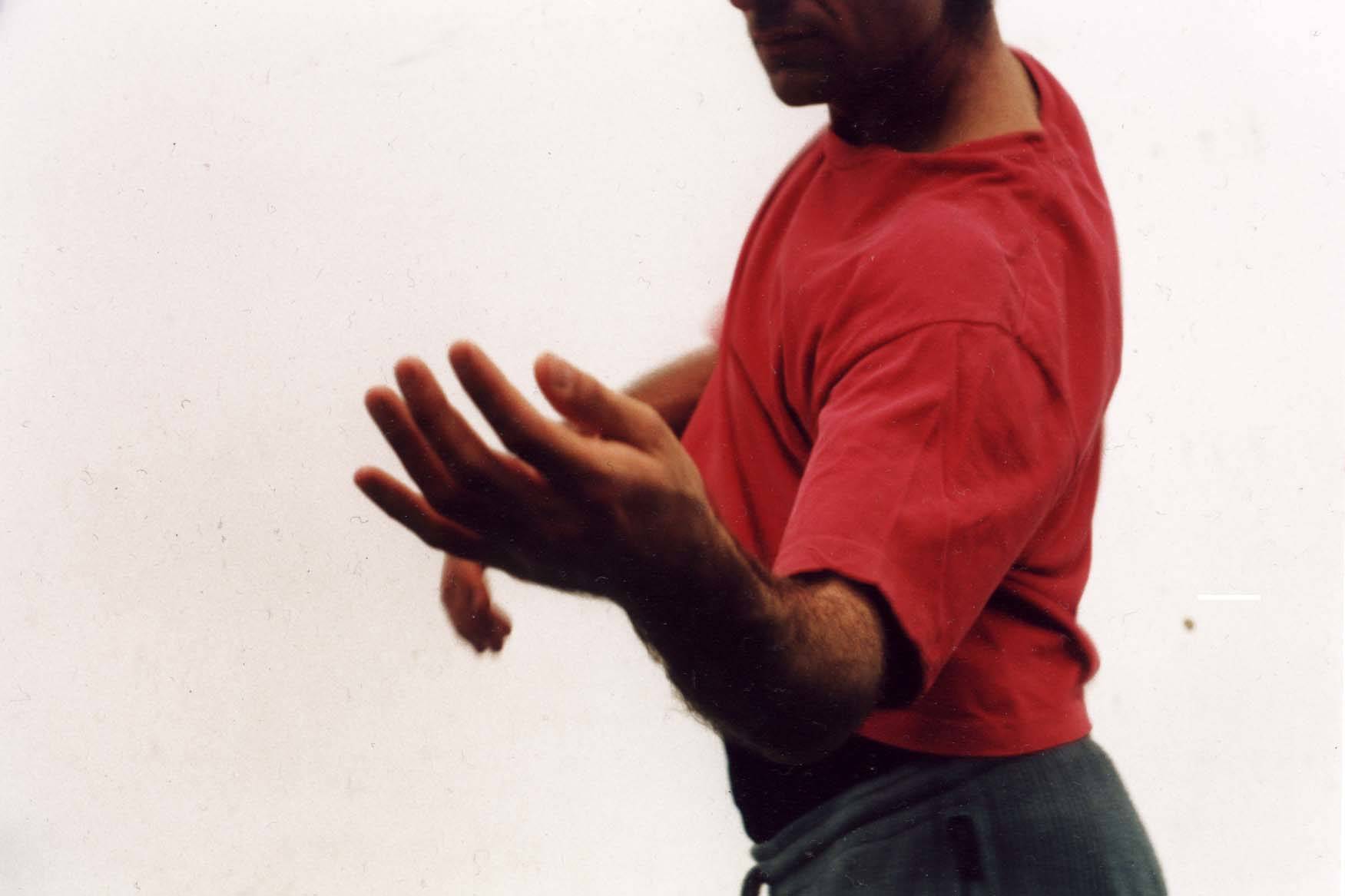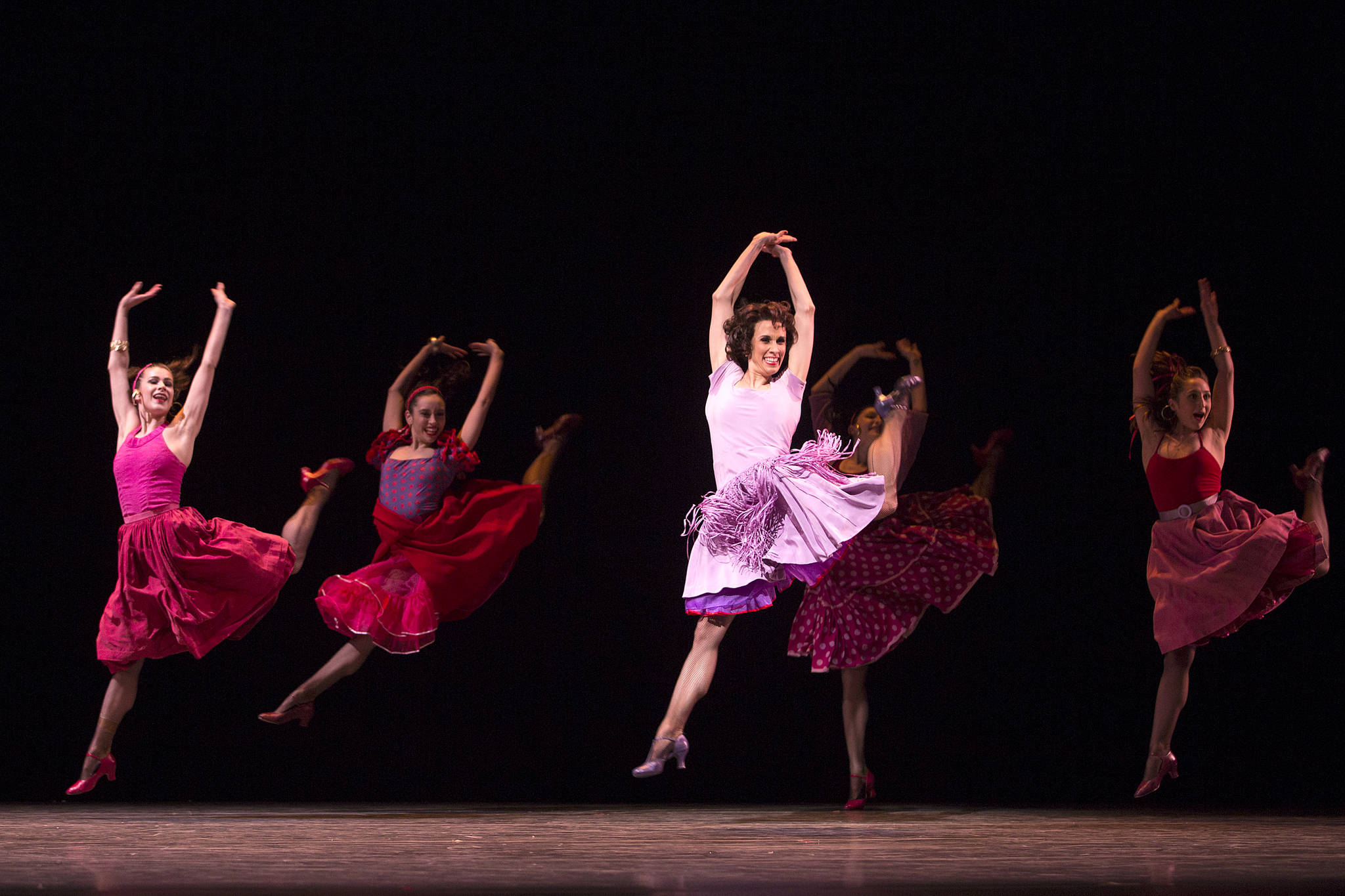THE TERM “BUTOH” (literally, “dance step”) was originally used during Japan’s Meiji era to describe Western ballroom dancing—an ironic thought when you consider how unlike a placid fox-trot or waltz the performances at the upcoming Seattle International Butoh Festival are likely to be. The work that lives under that banner today is often a wild and challenging exploration of nature and humanity, ranging from the unfocused reflexes of a newborn to the clatter of stones on a beach. It can be tender, awkward, violent, abstruse, or hilarious, but it is rarely sedate.
International Butoh Festival
On the Boards November 2-12
In the late 1950s when Tatsumi Hijikata and Kazuo Ono began looking for a Japanese equivalent to Western modern dance practices, they developed the ankoku style of butoh (or dance of darkness), reflecting some of the instability of postwar Japan. It incorporated expressionist qualities from German dance and the nonlinear structures of American happenings, but the root material came from a Japanese base and was filtered through an Asian aesthetic. As it was developed, it took on some of the visual elements we associate with it today: bodies in crabbed and distorted postures, shaved and covered in rice powder to de-emphasize their human qualities.
As the work continued, though, choreographers moved beyond this signature look so that contemporary butoh is less about the visual image and more about the attitude of the performers. The emphasis is on the relationship of the dancer to nature, and the embodiment of natural qualities in dance, so that you are as likely to dance the rustling of dried grass as you are any more “human” movement. The work remains Japanese in spirit but open to influences from many sources.
PROGRAMMING FOR the Festival proves that butoh has become an international dance form, with companies from Japan, Canada, the United States, and Sweden performing. The two-week run opens with Japanese-Canadian Denise Fujiwara in Sumida River, based on a 15th-century Noh play about a woman searching for her stolen child and choreographed by the noted butoh artist Natsu Nakajima. Its highly refined and allusive movement style exemplifies one end of the butoh spectrum, while Cockroach, performed in the second week by San Francisco-based Ink Boat, is a more raucous combination of music and theatrical trickery.
Seattle-based Willy Manalang continues the extension of the dance form, combining butoh with Western modern dance and hula in Haku Haiku, which explores stories of Asian workers migrating to Hawaii. P.A.N., another local ensemble, stretches the work even further in vermillion.violet, exploring the process of bruising. Almost as a counterpoint to the international nature of this contemporary work, Yukio Waguri looks to identify “what is specifically Japanese” in Bone of Earth2 for his ensemble from Tokyo, Kozensha Butoh Company.
Festival Director Joan Laage will be performing Milking the Way with her company, Dappin’ Butoh, and the self-labeled art army, Degenerate Art Ensemble, will revive their futurist Rinko. Other companies include Su-En Butoh from Sweden, Kagami Butoh from Olympia, and Goo Say Ten from Sapporo, with a mixed-bill “Butoh Open” to be held on the Festival’s last day. As well as these performances, the two-week run includes several workshops with festival artists, videos, visual art and music events, and a lecture-demonstration by Yukio Waguri on the history of butoh. Waguri has developed a CD-ROM based on his early work with Hijikata, which uses new technology to explore a dance form that tries to bring the traditional into the 21st century.








